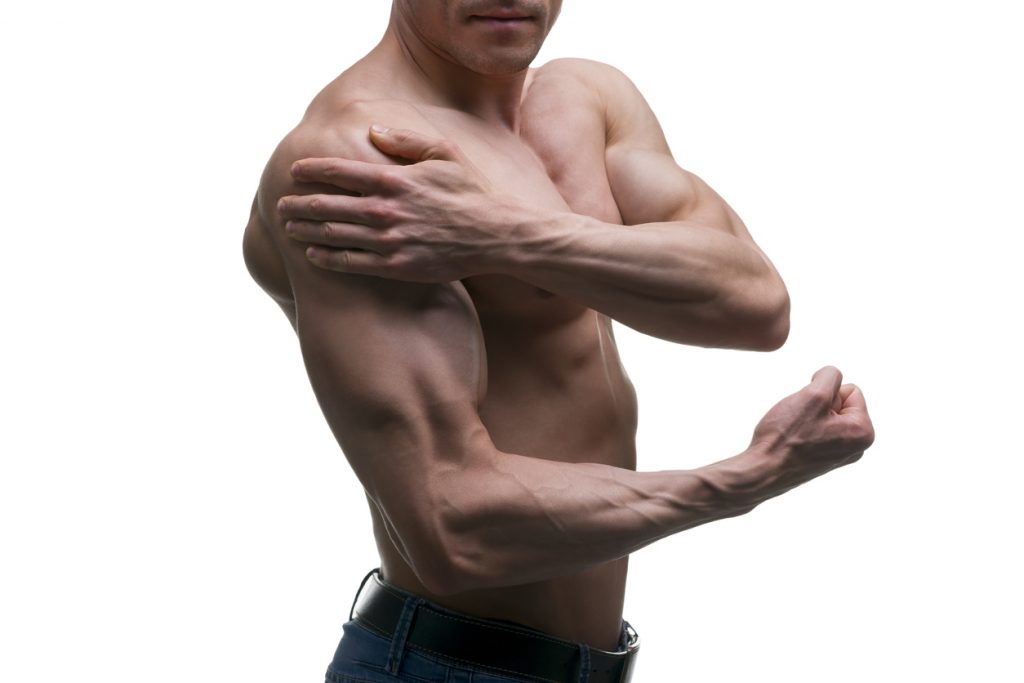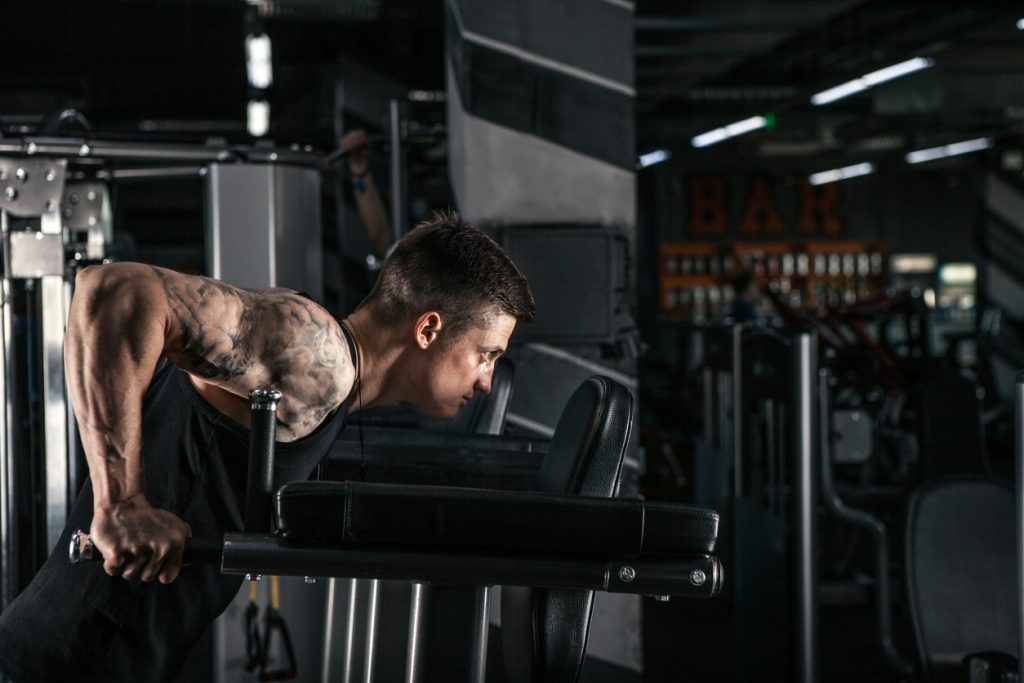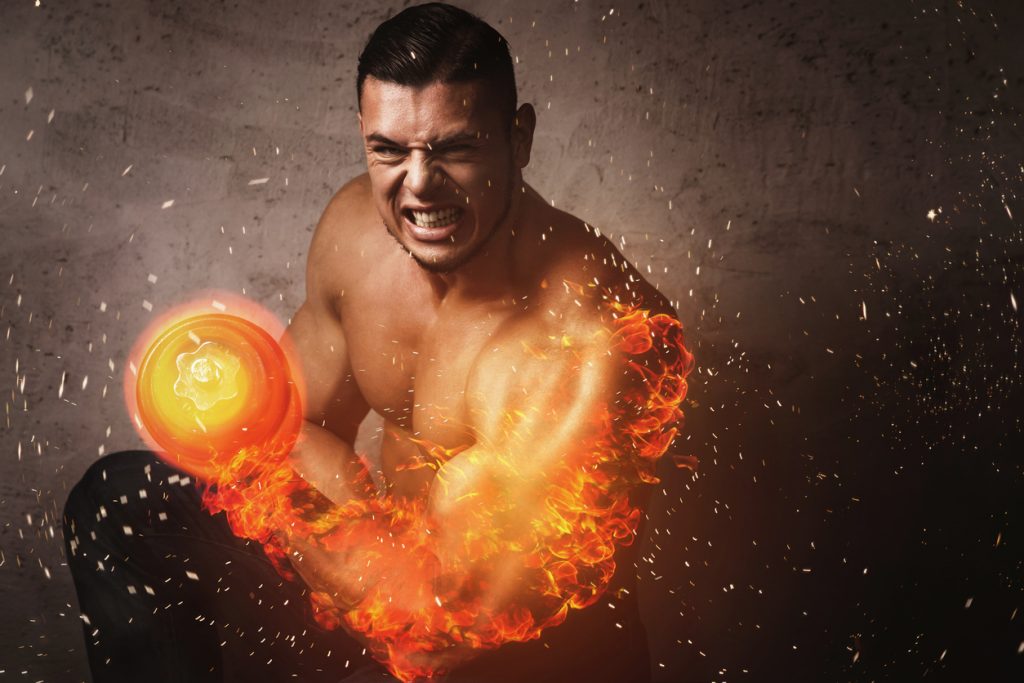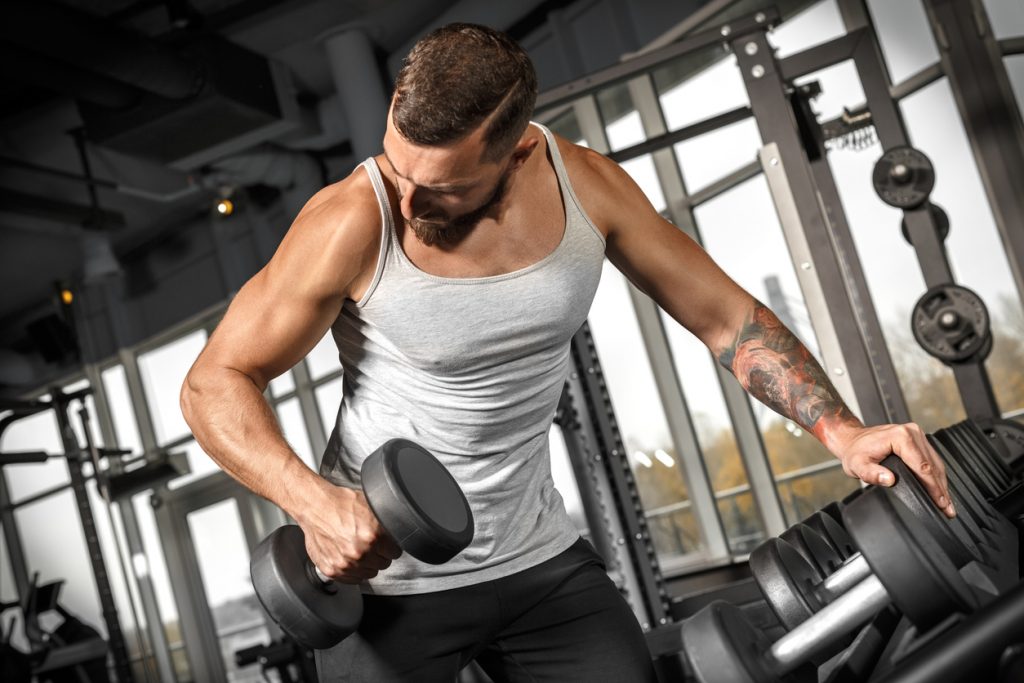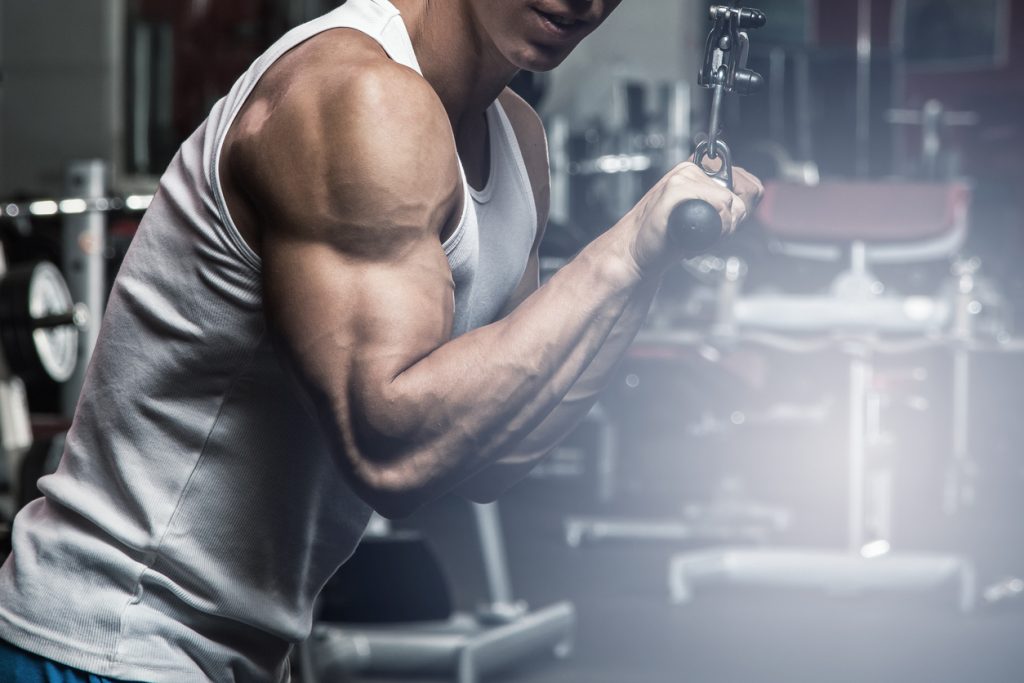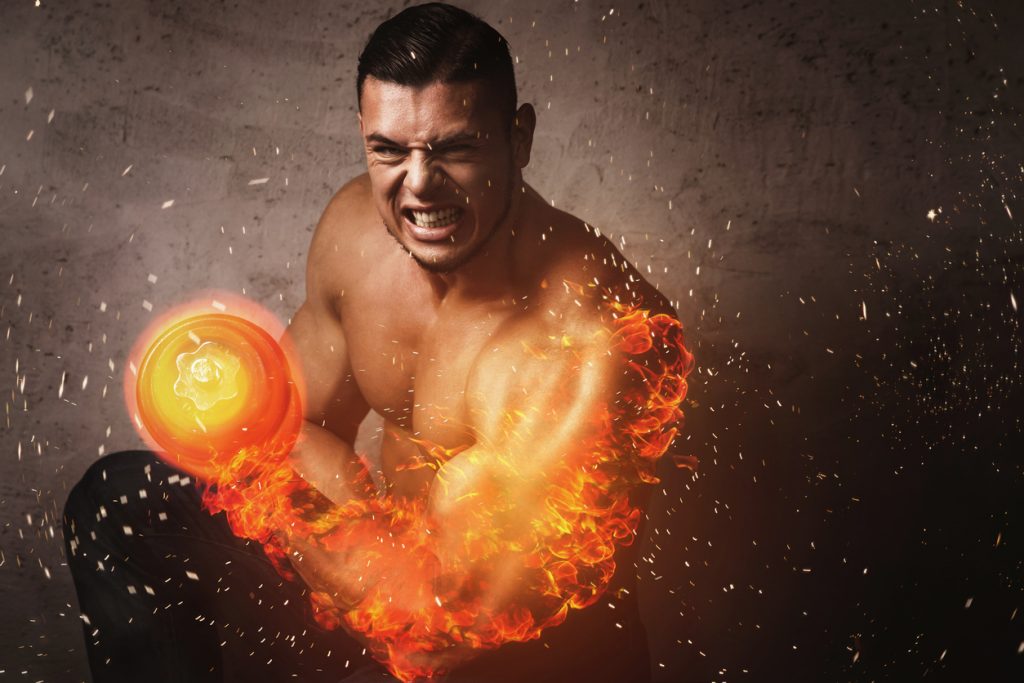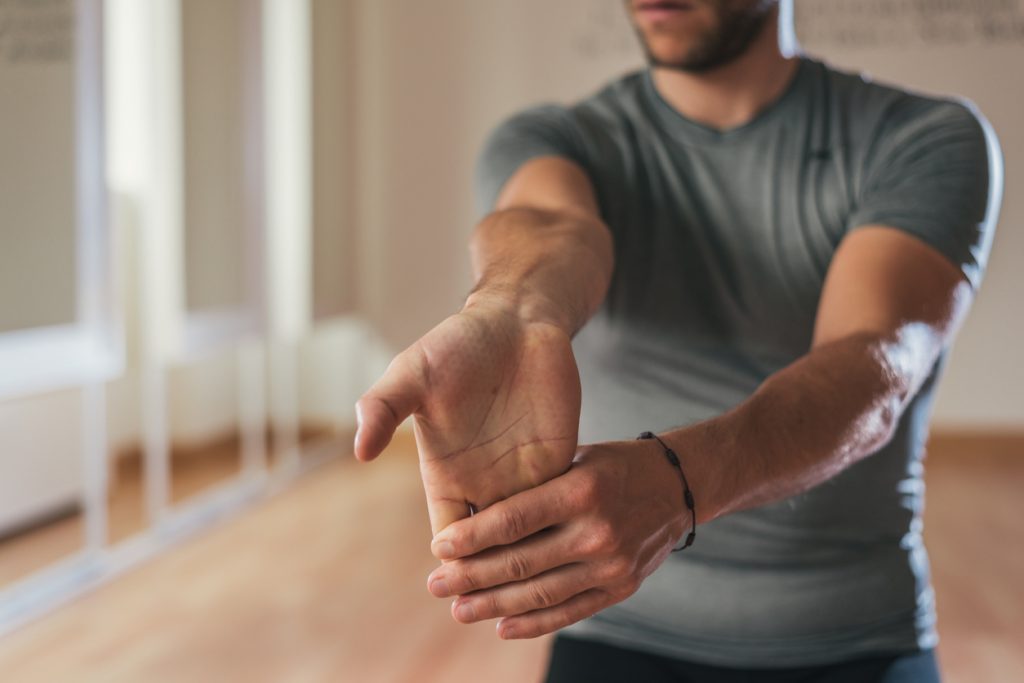All movements performed by humans are the result of a combination of simple movements, the most common of which are flexion, rotation and extension. Flexion allows one part of a limb to be folded over another, and regular repetitions of this movement, with or without a load, helps to develop the muscle mass directly affected by the movement.
The forearm to arm flexion is therefore a series of movements performed to work the muscles of the arm. Performed on various supports with various techniques, these movements are necessary to develop the muscles of the arms and forearms. If you are a beginner in bodybuilding, discover the most effective methods to build up your arms and forearms.
What are the muscles targeted by the forearm flexion on the arm?
Depending on the exercises performed, the forearm flexion on the arm allows the development of specific muscles or muscle groups. Among the muscles of the arm, we can mention the anterior branchial which goes from the lower half of the internal and external faces of the humerus to the lower face of the apophysis.
It is the motor muscle for forearm to upper arm flexion. There is also the branchial biceps which is composed of two groups of muscles, one that runs from the top of the coracoid process to the tuberosity of the radius, and a second that runs to the edge of the glenoid cavity.
The forearm muscle affected by flexion exercises is the one that runs from the humerus to the base of the styloid process of the radius.
The forearm is made up of several classified in three boxes: the inner box containing the flexor muscles, the posterior box with the extensor muscles and the outer box on the side. In all, about twenty muscles make up the forearm, and not all of these muscles develop in the same way.
Flexion exercises on forearm
There are several types of exercise to develop the muscles of the forearm. It is not necessary to exercise the arm muscles specifically. It is enough to work the other muscle groups to make them grow indirectly. Depending on the position of the hands and the equipment used, a specific group of muscles can be exercised.
Wrist curls with barbell
these are exercises designed to develop the muscles of the inner forearm. Sitting on the bench, the elbows of the practitioner must be on the inside of the thighs. The forearms are supported against the bench.
You hold the bar, palms facing your face. The bar is raised and lowered using the strength of the forearms. To start the exercises, you should begin with lighter weights. As your forearms get stronger and more solid, you can increase the load to intensify the exercises.
To make the exercise even more difficult, you can open your palms and fingers, or perform the movement sitting with your forearms resting on your thighs rather than on the bench.
Wrist extensions
This exercise involves the muscles of the posterior and external parts of the forearm. To carry out them, it is necessary to sit on a bench, the elbows between the thighs. You must grasp the bar with your forearms resting on the bench and your palms facing the ground or pronated.
The bar is raised and lowered using the forearms. Wrist extensions are performed with the barbell, dumbbells one hand after the other.
Dumbbell curls in hammer grip
These are exercises to develop the extensor muscles of the external compartment, the long supinator and the biceps brachii. To perform it, you must adopt the same starting positions as for the dumbbell curls, except that the palms face each other.
The bent-over barbell curl
This exercise also helps to develop the biceps brachii. The position of the practitioner's hands must be in supination of 45°. The relaxation of the intraosseous ligament avoids any risk of pain in the forearms.
Unlike the other muscles in the body, the muscles of the arm and forearm recover very quickly after a series of efforts. They do not need a long recovery period and can therefore be worked intensively at a rate of three sessions per week.
Also, these are muscles that do not need to rest between sets of exercises. Also, the exercises adapted to a practitioner is not necessarily beneficial for another, when one speaks about development of the muscles of the arm and the forearm.
To this end, it is advisable to try out several exercises to find those that are best suited to your needs and body type. Remember, the important thing is not to count the number of sets you can do during each session, but rather to feel your muscles working intensely.

